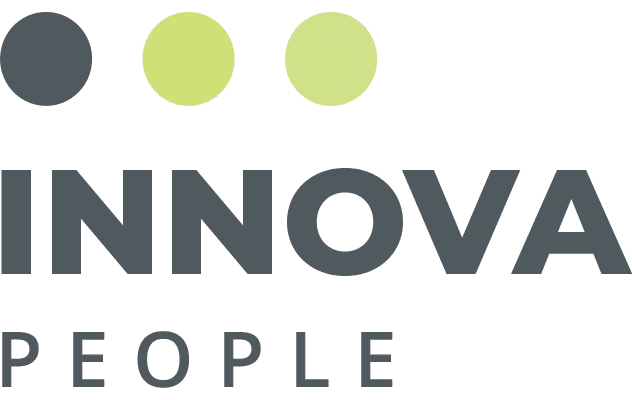
Year after year, the evidence shows that Americans who plan for their vacations at the start of the year take more time off to travel and are healthier in many facets of their life.
As the season transitions into spring, it’s a great time to start planning your summer vacation. Now the hard part, how do you unplug from the office while away and not feel guilty for using your PTO?
That means no checking emails, Slack, or firing off a quick message, “before I forget.”
As a leader, it’s essential to model the behavior of being on vacation and OOO (out of office) for your team so they reap the health benefits of taking some time off. Here are some ways to ensure your trip is genuinely personal time.
How To Make The Best of Your OOO Time
Communicate that you’re going away
A week before your departure, send an email to your team or anyone else that you’re in regular communication with stating the dates you’ll be gone. Let them know you’ll review the minutes of missed meetings or watch a recording when you return. Add the dates to a shared office calendar, and don’t forget to update your calendar with your availability so colleagues can’t try and schedule meetings during that time.
If you work in a smaller office, this is a great time to make sure you’re not the only one who knows how to do something. If no one else can approve the invoice, etc., use some time before your trip to train someone on that task.
Set clear expectations
Prepare your team and your boss that you’ll be off the grid and clearly state what that means. “I won’t be checking emails, Slack, and text messages while on vacation. Can I send folks to you if they need help while I’m out, or would you prefer I direct them to (co-worker)?” Then share this with your team, “Reminder that I’ll be on vacation from X through X. I won’t be checking email and will not be available via text or phone. (Boss) said to speak with (co-worker/boss) if you need assistance while I am out.”
Set a clear away message
Don’t use the “I’ll have limited access to email” line. Chances are you will have access to email, and this implies that you might/could/will occasionally be skimming your email, which cancels out the boundary you are trying to create.
Now stick to your plan
We know you want to do it. Just one little peek. Don’t. Do. It. Turn all your notifications on your phone off that are work-related, so you’re not tempted. If you still don’t trust yourself, delete Slack off your phone. If you’re not quite ready for this yet, designate a co-worker who has permission to reach out if it’s vital.
Having clear expectations ahead of time is critical to making sure your OOO stays that way.



